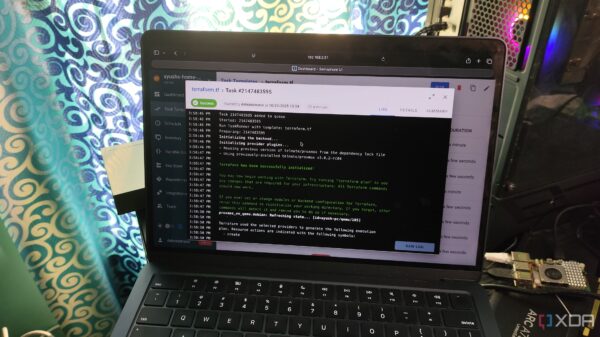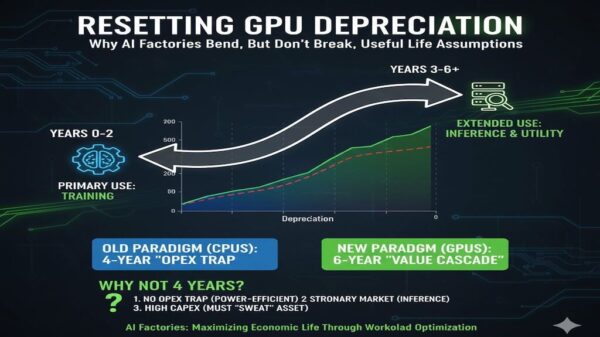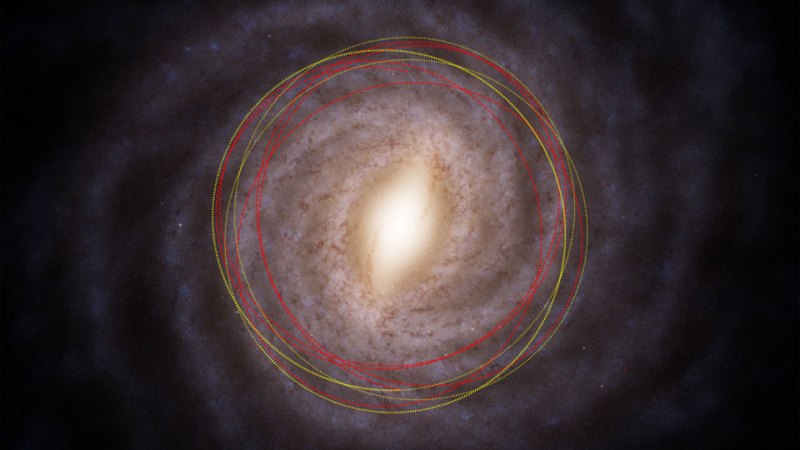A newly identified interstellar object, known as 3I/ATLAS, may be more than 7 billion years old, according to a recent study. This finding suggests that it could be the oldest comet ever discovered, potentially predating the formation of our solar system. Researchers emphasize, however, that additional data is required to confirm these remarkable claims.
The study, published by a team of astronomers at Harvard University, explores the origins of 3I/ATLAS, which was first detected in 2023. The object is classified as an interstellar comet because it is believed to have originated from outside the solar system. Its estimated age significantly surpasses that of the solar system, which formed approximately 4.6 billion years ago.
Significance of the Discovery
If validated, the age of 3I/ATLAS would provide unparalleled insights into the early universe. The object could act as a time capsule, offering clues about the conditions and processes that existed long before our solar system came into being. Researchers are particularly interested in studying its composition, which may reveal information about the molecular building blocks of the solar system.
Astronomers have noted that interstellar objects like 3I/ATLAS are rare. The first confirmed interstellar object, Oumuamua, was discovered in 2017, and subsequent findings have been limited. The rarity of such objects makes this discovery even more significant, as it opens new avenues for understanding celestial phenomena.
Need for Further Research
Despite the exciting potential of 3I/ATLAS, experts caution against jumping to conclusions. The data collected thus far is preliminary, and further observations are necessary to substantiate the findings. Researchers plan to utilize various telescopes and instruments to gather more information about the object’s trajectory, composition, and age.
The International Astronomical Union has indicated that ongoing studies of 3I/ATLAS will be crucial in confirming its status as the oldest known comet. They urge the scientific community to collaborate on this investigation to enhance our understanding of interstellar bodies.
In summary, the discovery of 3I/ATLAS presents an exciting opportunity to deepen our knowledge of cosmic history. While its potential age raises fascinating questions, the scientific community remains committed to thorough research to validate these extraordinary claims. As new data emerges, our understanding of the universe’s beginnings may evolve in ways we have yet to imagine.







































































